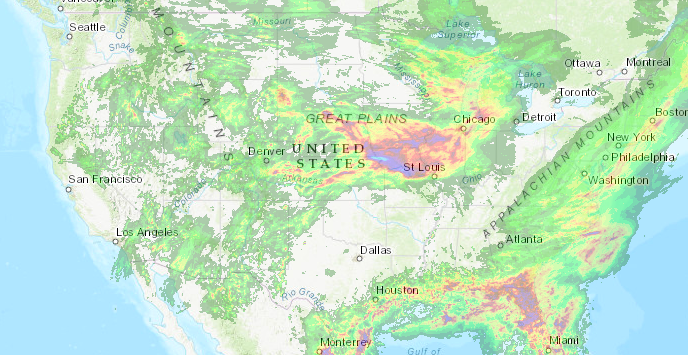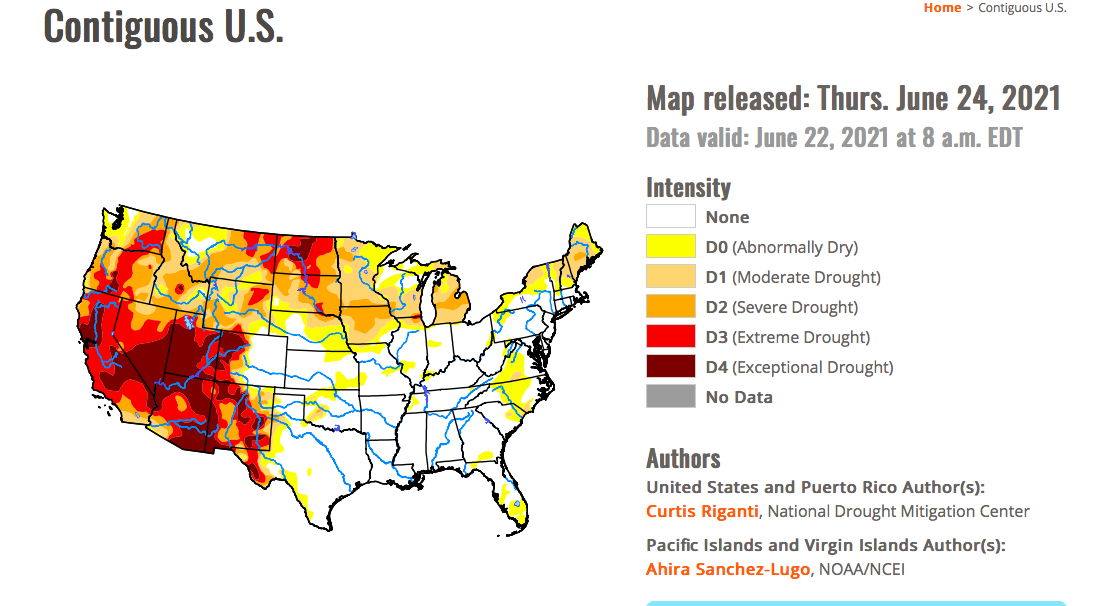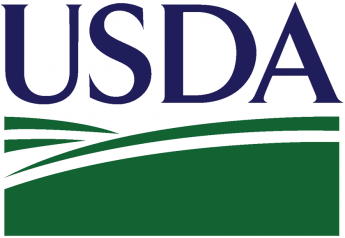Midwestern Drought Conditions Peak as Corn Belt Deals with Moisture Extremes
AgDay 06/25/21 - Midwestern Drought
Drought has had a constant hold on the U.S. this year, still covering more than half the country. Recent rains could be changing the story in portions of the Midwest, as one agricultural meteorologist thinks the drought in the Midwest has peaked.
The latest U.S.Drought Monitor shows some improvement In Indiana and Illinois. And despite recent rains, the most recent Drought Monitor, posted on Thursday, shows severe drought expanded across portions of northern Iowa and Minnesota.
This week's monitor acknowledged that the Midwestern storms this past week caused widespread damage from wind and hail, but said the storms delivered beneficial rainfall to areas suffering from moderate, severe and extreme drought.
It's a trend that USDA Meteorologist Brad Rippey sees continuing, with some areas even receiving too much moisture, which could change the drought picture in portions of the Midwest.
"Looking at the latest U.S. Drought Monitor dated June 24, we saw just over one-third, about 36%, of the Midwest is covered by drought," says Rippey. "That's likely to be the peak for the summer, I believe, because moving forward from here, we're going to chip away at some of those dry areas of Iowa and Wisconsin, and that's really kind of a key area where we're gonna see drought ending very abruptly here in late June and early July. Areas further to the north and west, drought is likely to persist or even intensify, but as you move to the south and east, that's where we're going to see wet conditions setting up that could last for quite a while."
Too Much Moisture
Rippey expects the wet conditions to continue, and even be too wet at times.
"We are looking at a pretty dramatic change in Midwestern weather," he adds. "As we head through the rest of June, we're setting up a pattern where we're going to see daily thunderstorms moving through much of the Midwest, and the axis of that heaviest rainfall is likely to stretch from the East-Central Plains to the lower Great Lakes region.
"Portions of that entire strip from again, say Eastern Kansas to Southern Michigan, could pick up anywhere from 5" to 10" of rain, almost too much rainfall in a short period of time, for the rest of June," he adds.
Think I’ll stay on this side for a while! That’s a 6’ culvert under there somewhere? pic.twitter.com/b9OBB3QWCc — Ken Kunz (@Kunz__Ken) June 24, 2021
We got some rain, roads a little soggy… pic.twitter.com/EZdPzzk4IY — Andrew Cowherd (@andrewcowherd) June 25, 2021
Those relentless rains already started in some areas. This iWeather map shows rainfall from the past 72 hours, with portions of Northern Missouri and Northeast Kansas receiving more than 12" of rain Thursday night into Friday morning. Nebraska farmers also reported flash flooding Friday morning.

The map showing the precipitation that fell just in the past 24 hours illustrates some of the extremes. The shades of white indicate more than 10 inches of rain fell in a pocket of Missouri, Kansas and Nebraska.

NOAA's 72-hour precipitation forecast also indicates a large swatch of the Midwest will see more rain over the weekend, with heavy amounts expected to fall within the band.

Rippey says those rainfall amounts will soak soils, cause flooding and even pose crop problems at times.
"I can assure you heading forward that there are going to be some areas running right through the heart of the Midwest that are going to be a little bit too wet by the time we get to the Fourth of July, meaning that we'll be experiencing lowland flooding, some loss of nitrogen just by leaching, and so we're going to have a very narrow belt that's going to be favorable and may run through, say, Central Iowa, but you get to the South and East, and they're going to turn too wet.
Growing Drought
Rippey says from too much moisture to not enough, the line of drought will become even more stark over the coming weeks. He says forecasts indicate the Dakotas, Northern Minnesota and possibly Northwestern Iowa will continue to miss those needed rains.

"For the rest of June and on into the rest of the summer, I'm not seeing a whole lot of relief coming in the way of the far upper Midwest and the Northern Plains," he says. "This has already taken a severe toll on spring-sown crops that are primarily grown in the North, like spring wheat and barley. We're seeing our lowest crop conditions of the century, which is only two decades old, but still the lowest crop conditions of the century for spring wheat and for barley across the Northern Plains."
Rippey also points out the northwestern corner of the Corn Belt shows struggling soybean and corn condition ratings, which could be a theme that continues through the summer months.
"This week's rainfall is going to fall predominantly to the south and to the east of the hardest hit drought areas," he adds.







